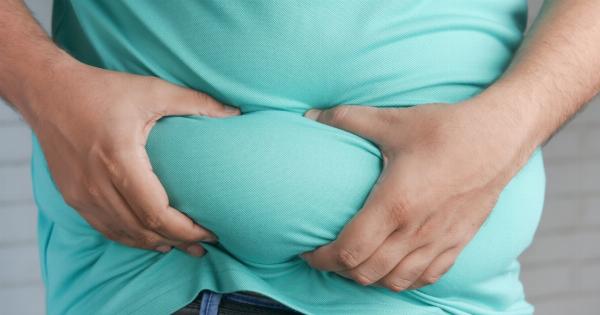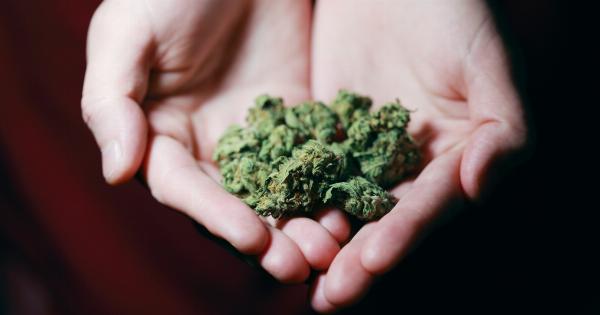When it comes to weight loss and maintaining a healthy body, fat is often seen as the enemy.
But what really happens to fat in our bodies? How does it get stored, broken down, and eliminated? Understanding the process can help us make better choices to achieve and maintain a healthy weight.
Fat storage: Adipocytes and triglycerides
Fat is mainly stored in adipose tissue, which is made up of fat cells called adipocytes. These cells specialize in storing energy as triglycerides, a type of fat molecule.
When we consume more calories than our body needs, these excess calories are converted into triglycerides and stored in adipose tissue for later use.
Metabolism: Breaking down triglycerides
When our body needs energy, it breaks down the stored triglycerides in adipocytes to release fatty acids and glycerol. This process, called lipolysis, is stimulated by hormones such as adrenaline and glucagon.
The fatty acids are released into the bloodstream and transported to various tissues and organs to be used as fuel.
Energy production: Fatty acid oxidation
Once the fatty acids reach their destination, they undergo a process called beta-oxidation, where they are broken down further to produce energy in the form of adenosine triphosphate (ATP).
This process primarily occurs in the mitochondria, the powerhouse of cells.
Exercise and fat breakdown
Engaging in physical activity, particularly aerobic exercises like running or cycling, can increase the breakdown of fat in our bodies. During exercise, the body’s energy demands increase, leading to the mobilization of stored triglycerides.
This helps to reduce fat stores and promote weight loss.
Caloric deficit: Fat loss
While physical activity plays a significant role in fat breakdown, creating a caloric deficit is essential for sustained fat loss.
When we consume fewer calories than our body needs for daily activities and basic functions, it begins to utilize stored fat as an energy source. Over time, this can lead to a reduction in overall body fat.
The role of hormones
Hormones play a crucial role in regulating fat storage and breakdown. Insulin, for example, is released by the pancreas in response to elevated blood sugar levels. It helps store excess glucose as glycogen in the liver and muscles.
However, when glycogen stores are full, insulin promotes the conversion of glucose into triglycerides, leading to fat storage.
On the other hand, hormones like adrenaline, growth hormone, and glucagon work to stimulate lipolysis and promote fat breakdown. These hormones are often elevated during periods of fasting, exercise, or stress.
Spot reduction: Myth or reality?
Many fitness myths revolve around the concept of spot reduction, which suggests that targeting specific body parts with exercises will lead to fat loss in those areas. However, spot reduction is largely a myth.
When we lose weight, fat is burned from various parts of the body, and the order and rate of fat loss are determined by genetic factors.
The role of genetics
Genetics plays a significant role in how our bodies store and burn fat. Some individuals may have naturally higher or lower amounts of adipose tissue, and certain genetic variations can impact metabolism and fat breakdown.
However, genetics should not be used as an excuse for an unhealthy lifestyle. While genetics may influence our fat distribution, we still have control over our overall body composition through diet and exercise.
Fat elimination: Waste products and excretion
When fat is broken down and used for energy, the byproducts include carbon dioxide and water. These waste products are then eliminated from the body through various excretion processes.
The carbon dioxide produced during fat metabolism is primarily expelled through the lungs when we breathe. This means that simply working out harder or sweating more doesn’t directly result in burning more fat.
It is the increased metabolism and subsequent increase in breathing that aids in fat loss.
The water produced during fat breakdown is either used by the body’s cells or eliminated through urine, sweat, and other bodily fluids.
Healthy fat levels: The importance of balance
While it’s important to maintain a healthy body weight, it’s equally crucial to have an appropriate amount of fat in our bodies.
Fat serves several essential functions, including insulation, protecting organs, and serving as a source of energy during times of scarcity.
However, excessive fat storage, particularly visceral fat (fat around the organs), can increase the risk of various health conditions, including diabetes, heart disease, and certain cancers.
Striking a balance between fat storage and fat loss through a balanced diet, regular exercise, and a healthy lifestyle is key to overall well-being.
Conclusion
Fat storage and breakdown in our bodies is a complex process influenced by various factors, including our diet, exercise habits, hormones, and genetics.
Understanding how fat is stored, broken down, and eliminated can help us make informed decisions about our lifestyle, enabling us to maintain a healthy body weight and reduce the risk of associated health conditions.




























